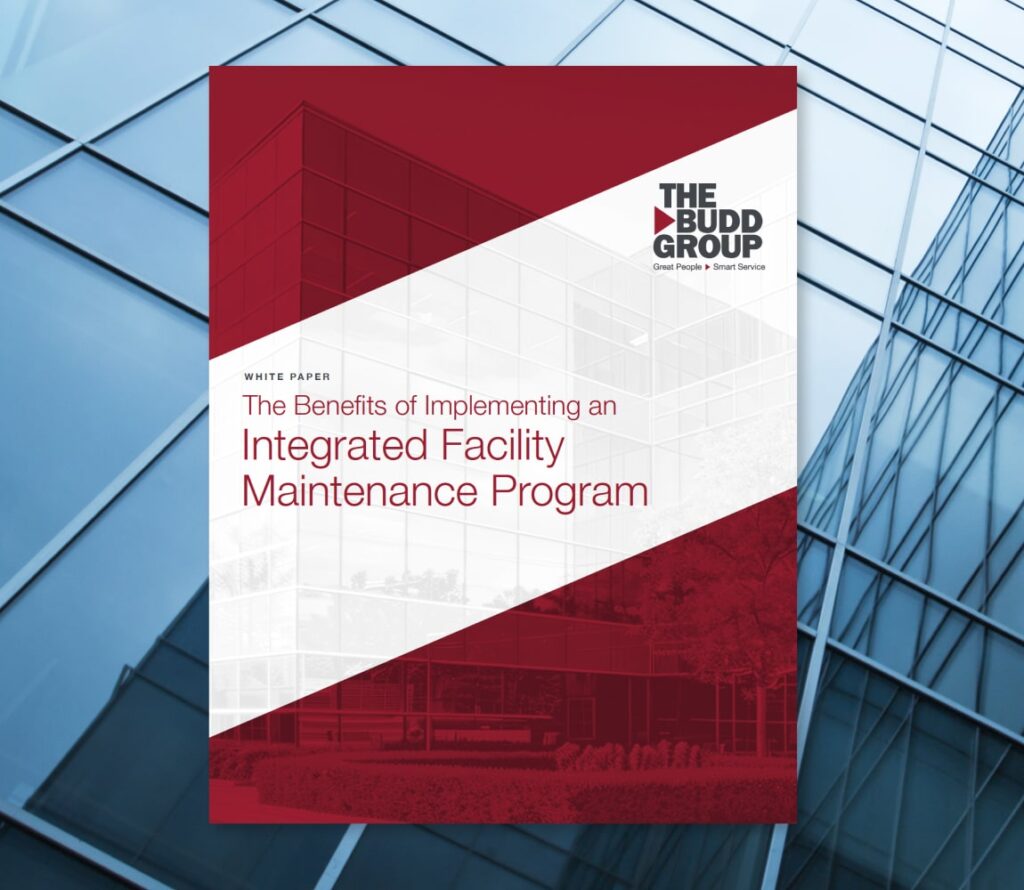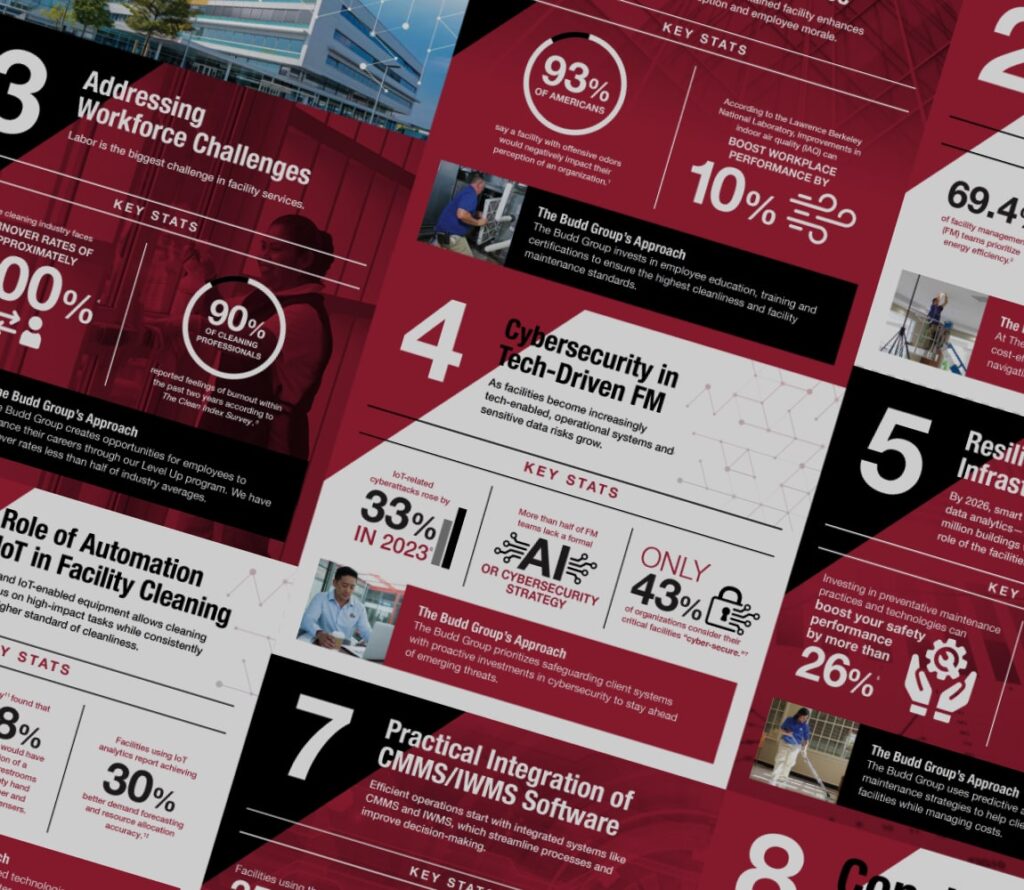As more and more businesses embark on their office reopening strategy after several turbulent months, they must reinvigorate their efforts to keep their facilities clean and safe for all employees, guests, and customers. Most of us know that dust can be a nuisance, but dust can also become a more serious hazard, especially as we continue to deal with the COVID-19 pandemic. Industries such as manufacturing and construction pose the highest risk of dust-related problems, but even small offices must do their part to mitigate dust. Let’s discuss the most notable hazards of dust lingering in the workplace and how to deal with it properly.
Respiratory and Dermatological Issues
Anyone who has been exposed to large quantities of dust even for short periods of time can report its harmful effects on their breathing and their skin. Finer particles can end up in one’s upper airways, causing one to sneeze, cough, wheeze, and so on — these effects are exacerbated in those with pre-existing respiratory issues like asthma. Dust from certain materials may also contain irritating chemicals that, when contacting one’s skin, can cause itchiness, dryness, redness, and more. In some cases, dust carrying corrosive properties can even break the skin.
Visual Impairment and Irritation
Our eyes are also prime targets for dust particles. Eyelashes are designed to keep these particles away from our eyes, but they’re not perfect shields. When dust deposits accumulate in the eye, they can blur one’s vision, dry out and irritate the eyes, and force increased tear production. This occlusion of the eye isn’t just uncomfortable but can cause further injury by limiting one’s sight, increasing the risk of collision, slips, trips, and falls.
Allergies and Infections
While short-term exposure to dust can lead to mostly minor respiratory problems, long-term exposure can have severe, sometimes life-threatening effects. Those with asthma, for instance, can have major allergic reactions to certain types of dust particles, significantly impairing or even preventing breathing. Additionally, one might develop pneumonia by inhaling dust particles over a long period of time — this disease may occur when the lungs are coated with dust particles and make way for infection.
Cancer of the Lungs and Skin
In some cases, dust exposure can even lead to cancer. While few people develop skin cancer from long-term contact with dust, it is possible if the particles contain carcinogenic chemicals. The more common and dangerous form of cancer caused by dust in the workplace is lung cancer. If this form of cancer is caught too late, it poses a serious threat to one’s life.
Spread of Transmissible Diseases
As the COVID-19 pandemic marches forward, we’ve all turned our attention to the ways in which communicable diseases spread in the workplace, schools, and at home. Experts have found that microscopic dust particles can actually carry airborne viruses like influenza and SARS-CoV-2, the primary virus responsible for COVID-19. While these viruses can also spread from person to person via other means, there’s clear evidence that a dust-riddled interior poses a much greater risk of transmission than a well-ventilated, dust-free zone. This is why air disinfection for coronavirus and increased ventilation efforts have become such hot topics during this pandemic. Indeed, installing a new air filter with a MERV rating of 13 or higher can reduce the risk if COVID-19, flu, and other diseases in a given facility.
How to Diminish Dust in the Workplace
We don’t often think of dust as being all that dangerous, but enough exposure can cause all sorts of problems. So, how can you better deal with dust in your workplace? Keeping up with regular office cleaning is a good place to start. Beyond this, keep a proper supply of personal protective equipment (PPE) to ensure that your cleaning and janitorial services and non-janitorial staff can safely operate in their work environment — think dust masks, long-sleeved clothing, gloves, barrier creams for skin, and so on. Installing an air quality meter is another essential step, as these devices indicate your indoor air quality (IAQ) with various parameters. As mentioned above, maintaining optimal ventilation and air filtration are key to keeping dust at bay and reducing its harmful effects. Open doors and windows when possible, regularly clean your HVAC components and change air filters, and, if necessary, install a higher-quality MERV-13+ air filter to remove the highest amount of tiny particles from the air in your workplace.
Here at The Budd Group, we know how dangerous dust can be, and we’re prepared to help you deal with it in every way possible through our facility maintenance, cleaning, and disinfection services, HVAC installation and management, and much more.
Click here for more detailed information on improving indoor air quality from the Environmental Protection Agency (EPA). For more information regarding ventilation and air quality control for COVID-19 from the CDC, click here.

